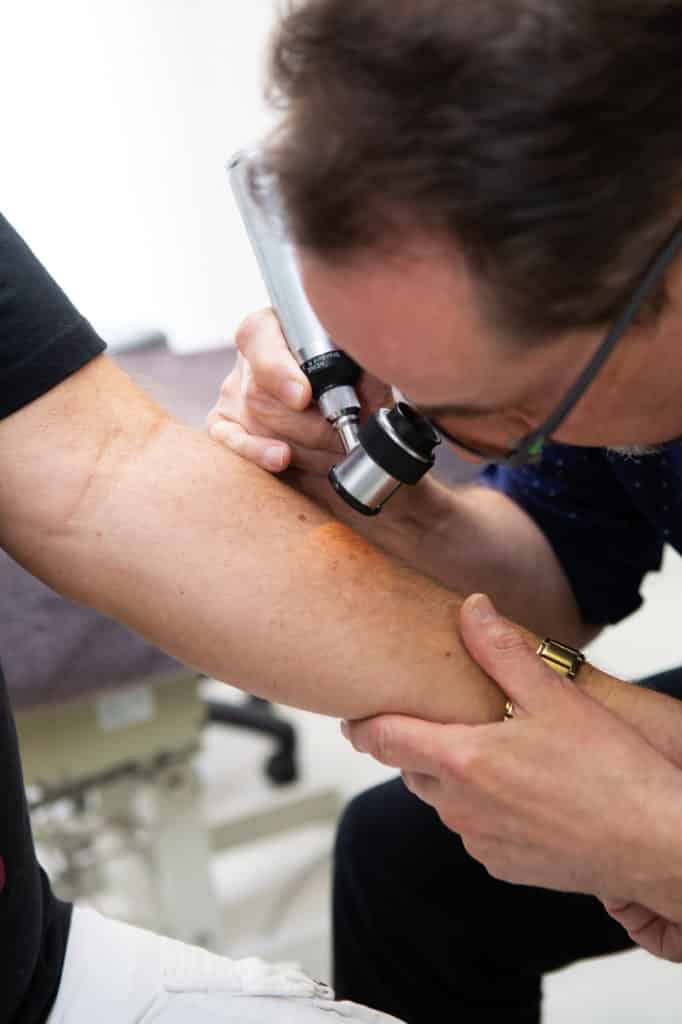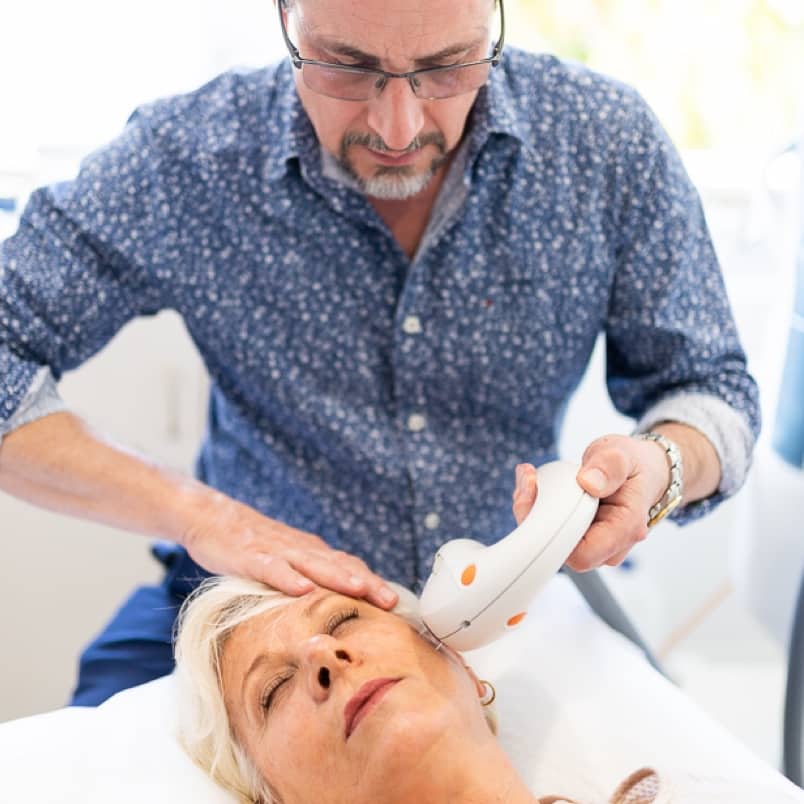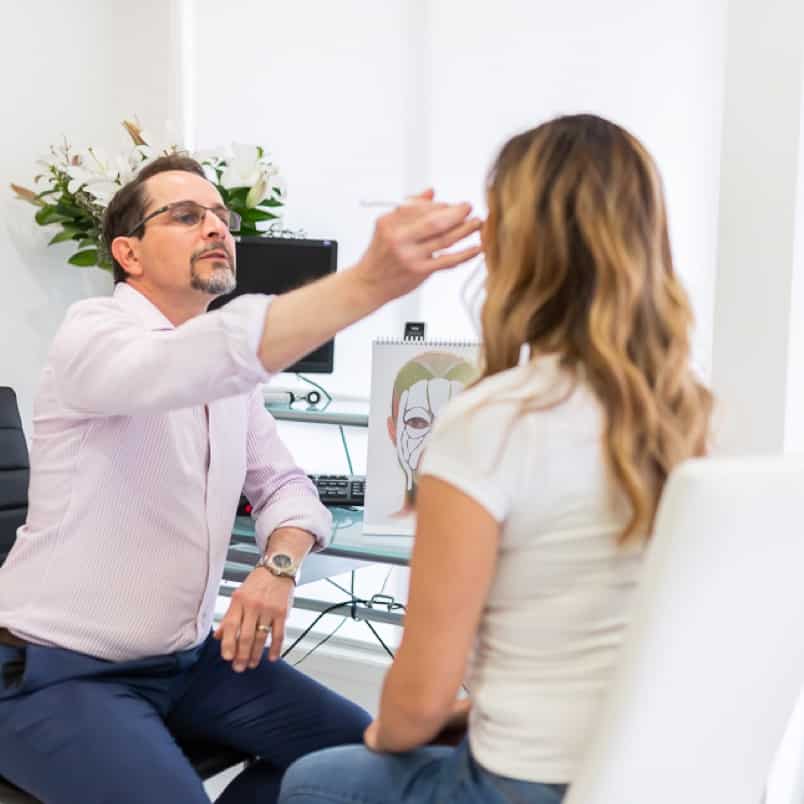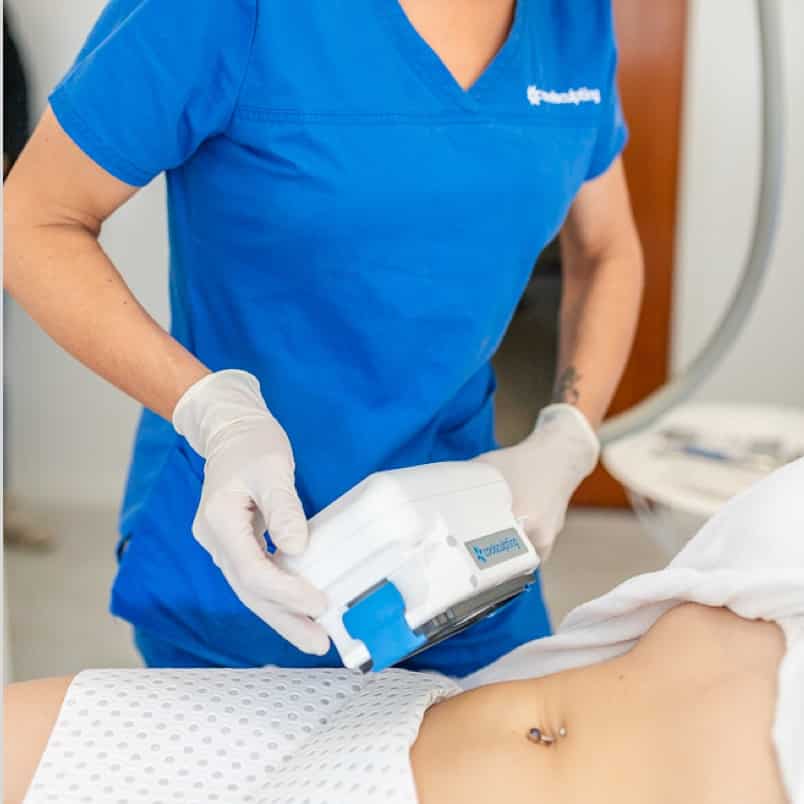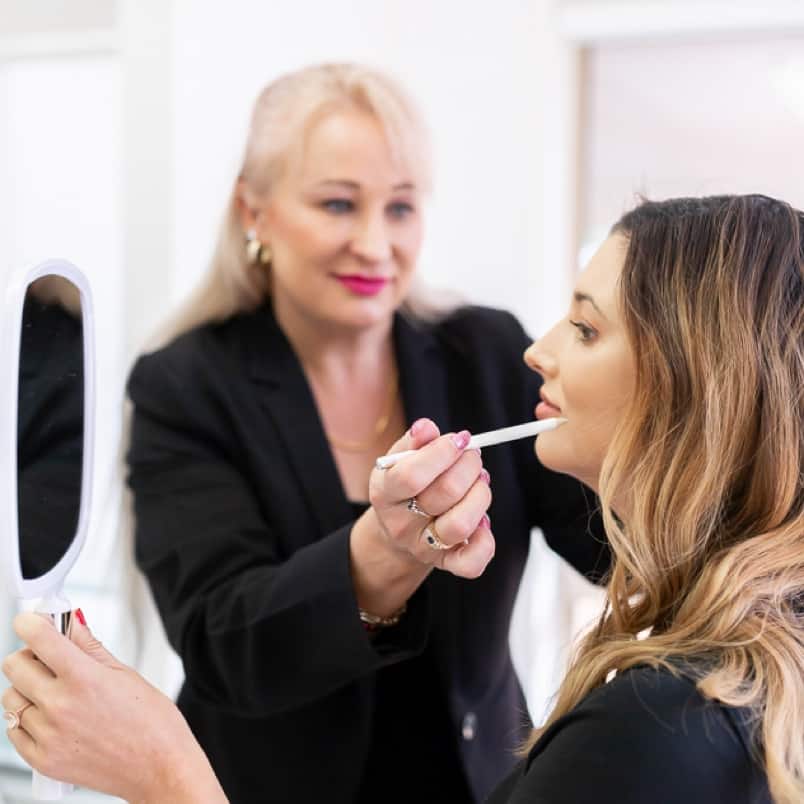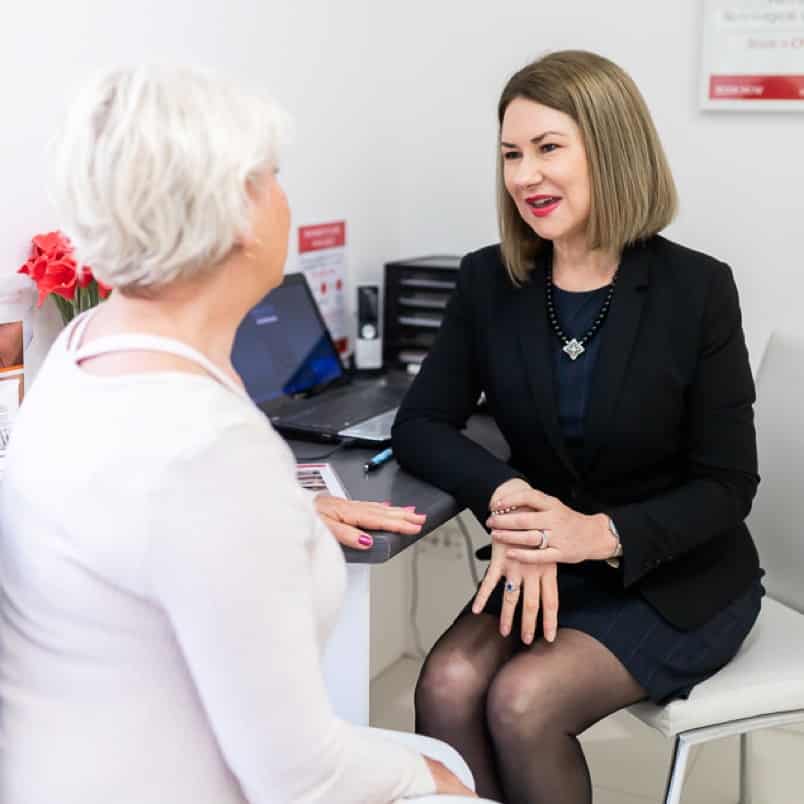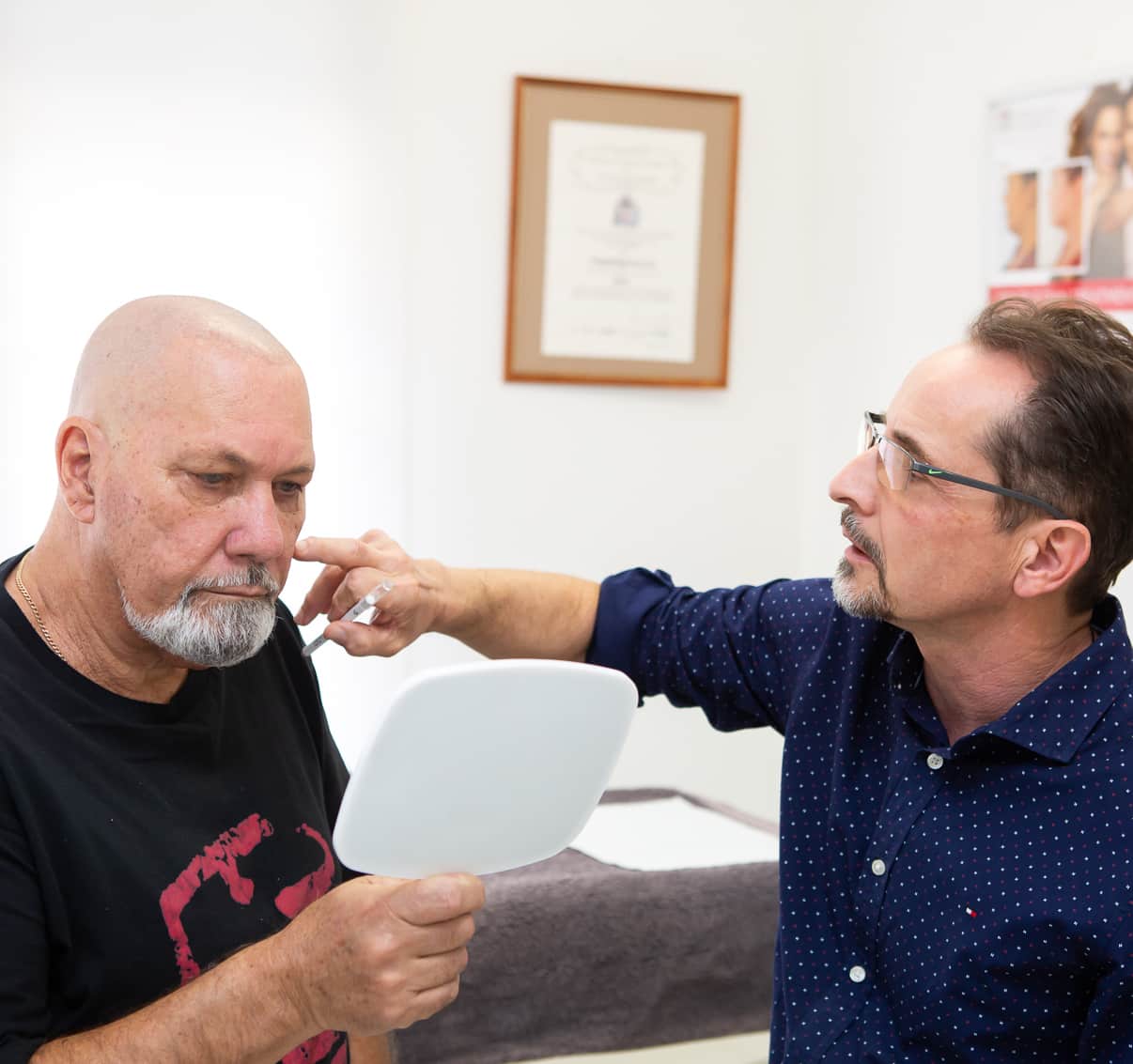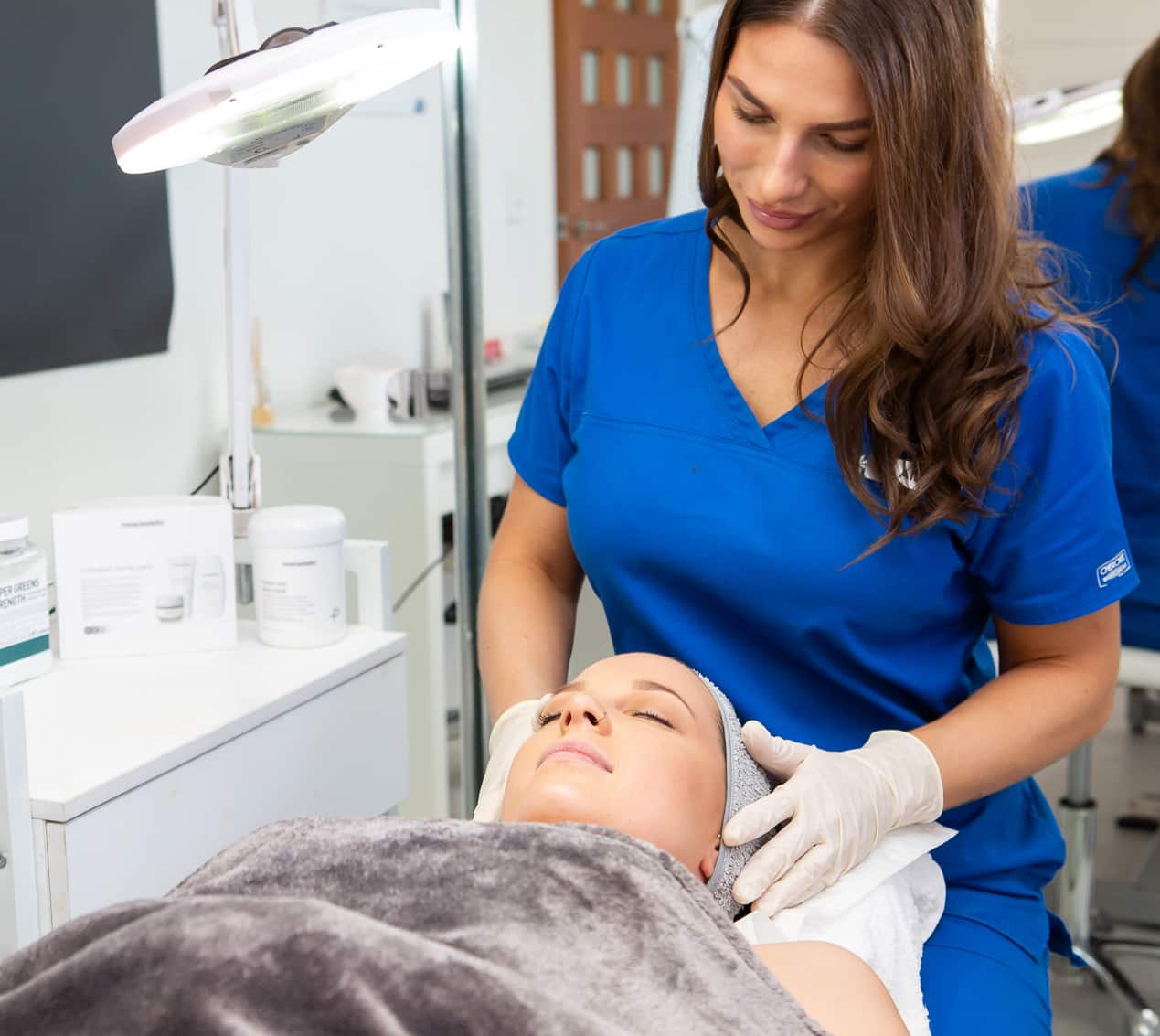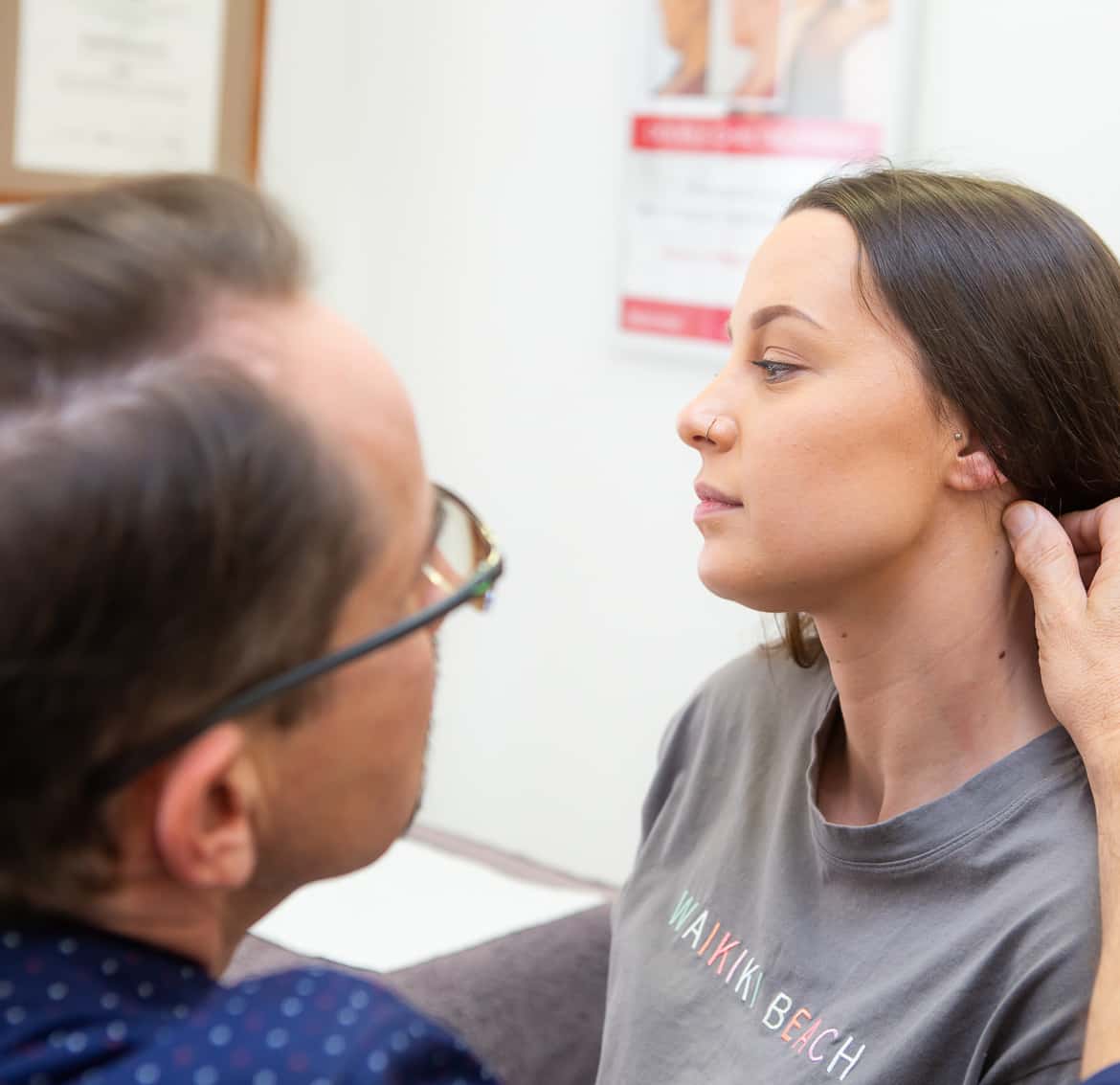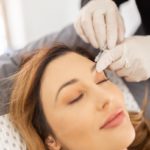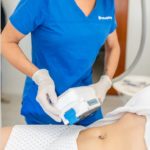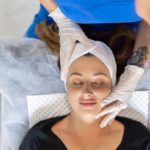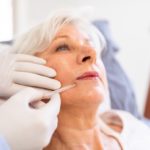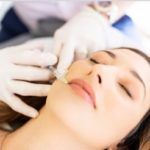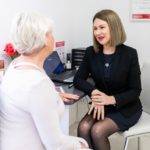It’s true we live in the lucky country.
A country blessed with beautiful weather, gorgeous beaches and a clean environment.
But unfortunately, with our active outdoor lifestyle comes the downside that as a nation, we spend a lot of time in the sun, and the sun can be dangerous.
With summer approaching, it’s the right time to get your skin checked and consider mole removal before it can be too late.
Skin cancer accounts for the largest number of cancers diagnosed in Australia each year. In 2016, over 13,000 new cases of melanoma were diagnosed, and its estimated close to 1,700 people will die from the disease annually.
While Australia is known for its high rate of melanoma and Queensland still having the highest rate per capita of all States, we still lead the world in prevention.
The famous sun smart campaign of ‘Slip, Slop, Slap’ which was launched in 1981 is still affective, and the reason rates of melanoma have fallen.
However, the earlier you can detect a change or discolouration in a skin mark or mole, or have a mole removed completely, the better chance (up to 90 per cent) you have of not developing skin cancer.
What is a mole?
A mole is a growth on the skin that is typically brownish in colour but can present in a variety of colours such as red, pink, pale brown and flesh coloured.
Some are present at birth and some develop over time into adulthood with sun exposure.
Some can have hairs grow out of them and some can range in a variety of shapes. While most are benign, it’s important to keep an eye on them for any changes which could indicate cancer growth.
Even if a mole is healthy it can be unattractive or in place on the body which poses someone to want to have it removed.
Signs you may need a mole removed
- Unevenly sized moles
A good indication is to look at your mole and see if both sides are even and look the same. If one side is asymmetrical, it’s a sign to have it checked.
Both sides should be the same.
- Moles with jagged or irregular edges
Normal moles generally are smooth to touch, but ones that could be suspicious have jagged edges or irregular edges.
- Moles that change in colour
Moles can change colour over time, so it’s a good idea to check your moles regularly and if you detect a colour change get it checked immediately.
Healthy moles are all the same colour which is usually a shade of brown. If a mole is unhealthy, it might be black in parts or many different colours.
- Moles that grow in size
Healthy moles don’t grow in size in adults, once your body has stopped growing. If you notice a mole growing in size or diameter, it’s a sign to get it checked.
- Moles that bleed or hurt
A healthy mole shouldn’t be painful or hurt at all. If there is any pain or even a dull ache in the mole, get it checked. Raised moles can catch on things such as jewellery, or be injured if they are bumped or scratched, and can start to bleed.
This isn’t a sign of cancer developing, but it’s still a good idea to have it checked if you’re concerned or if the mole is bleeding for no reason.
- Pimples that won’t go away on sun-exposed skin
A pimple that keeps reappearing in the same spot may not be a pimple at all. If the pimple-like bump doesn’t go down after a few weeks, it’s a sign it could be a skin cancer spot masquerading as a pimple.
- Scabs or scratches that won’t heal
Often people have a scab on the inner part of their nose or ear, or somewhere not very visible that they think is just a scab that won’t heal and could be a skin cancer spot or a mole that has evolved.
Oral sores in the mouth can also be skin cancer and can be caused by smoking, not just sun damage.
- Exposure to HPV
Typically, people think that skin cancers develop in places that are only exposed to the sun.
But genitals that are exposed to HPV can also develop mole-like spots and squamous cells that then can lead to skin cancer.
- Crusty, scaly skin around or near moles
There’s a big difference between skin cancer and unrelated conditions like dry skin, psoriasis, or eczema even though these can all appear similar.
If you have a mole that is surrounded by scaly or crusty skin, or you’re just unsure, it’s a good idea to get it checked for peace of mind.
Besides checking moles, there are also other reasons you could be at a heightened risk of developing skin cancer. These can be:
- Having a family member with a history of skin cancer increases your odds.
- Fair skin—especially if you have blond or red hair.
- Having many X-ray treatments (this can take many years before it poses a significant risk, but over time can build up.)
- Having an immune-weakening disease such as Lymphoma and HIV.
- Bad burns or scars that have been exposed to UV rays.
- Smoking cigarettes.
How are moles removed?
There are two main methods for removing moles, “excision” and “shave excision”. Excision means the mole is essentially cut out.
For smaller moles, this is performed with a small round blade just slightly larger than the mole (they come in different sizes) called a “biopsy punch”.
Shave excision means that the mole is essentially shaved down flat to, or just below, the skin surface.
This is performed with a special tool which uses radio frequency energy passed through a small applicator or wand.
It is very accurate. Afterwards, there is a small graze area left which heals over quickly.
Some moles are best excised, some are best shaved, depending on their position, size, whether they are raised or flat, and what type of mole they are.
Of course, some moles are actually best left alone.
To best evaluate if you need a mole removed, book your consultation with Dr Leat today!
Skin and mole checks and consultations are bulk billed at Envisage Clinic.
Article by Dr Christopher Leat – Medical Director Envisage Clinic Benowa
| Dr Christopher Leat – Medical Director Envisage Skin Clinic Founder and Director.Dr Christopher Leat has 33 years’ experience in Medicine and is a member of The Royal College of Physicians of London. Dr Leat has devoted the last 18 years to Cosmetic Medicine and is recognized throughout Australia as one of the most experienced doctors in the field of Cosmetic Medicine. |

